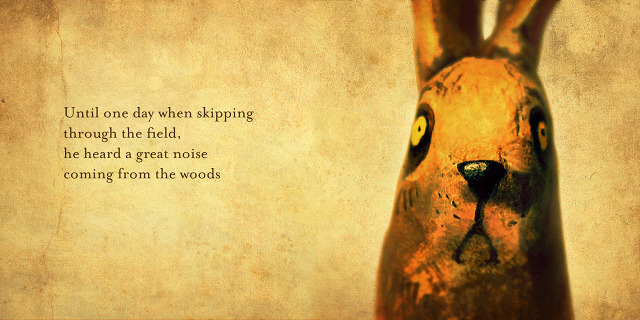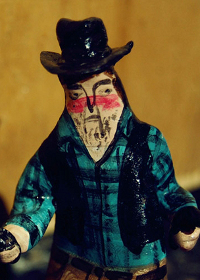Carin Berger
I am very much into working 3D and I have recently come across an illustrator/author/designer Carin Berger, who has recently started to work 3D herself and they are amazing!
I have got into contact with Carin and she has kindly replied to my questions, which I have put at the bottom of this blog...
Here is some of her work, if you want to see more then you can open up the link to her website below or you can check her work out on on her Facebook page!
Here's my five questions and if you want to see more of her work you can click on this link to her website...
1.)
You have recently started to work 3D, and in another interview you said
you don't think you could ever go back to working 2d, so do you think
there is just as much work out there for people like myself who like
to work in 3d rather than 2d in the illustrating industry?
I
don't really know. I think there are a lot less artists working in 3d
and a challenge with 3d is how to reproduce the work. For the book
"Stardines Swim High Across the Sky" which was the first project I did
in 3d, I worked closely with a friend to photograph the entire book, and
then provided the publisher with digital files, which is what they
required if I wanted to work in 3d. This added a lot of extra time and
work, but also made for a really interesting collaboration.
2.) Was there anyone or anything in particular that inspired you into wanting to work 3d yourself?
Yes. When Greenwillow Books contacted me to illustrate "Stardines" by Jack Prelutsky, the poems were quite similar to "Behold the Bold Umbrellaphant" the
first book of his that I had illustrated. The poems were again about
imaginary animals that were mashups of animals and objects, for example
stardines, a combination of sardines and stars. I was a little stumped
as to how to make the project feel fresh and challenging for myself, and
then I hit upon the idea of making the whole book like the archives of a
natural history museum. I happen to adore dioramas and specimen boxes
and all the interesting layers of labeling that happen on scientific
archives, so it was a perfect solution for me. I looked a bit at Joseph
Cornell and at Fluxus, but mostly I looked at all kinds of old science
records and antique victorian microscope slides, and taxidermy and the
like.
3.)
You are also an author, so when you bring your story together do you
develop your illustrations a lot before you go with it, or do you start
with a clear idea of what you want and how you want it to look and go
from there?
Usually
the words come first, although not always. For my book, "All Mixed Up" I
started with the concept of collaging the collages [as in Exquisite
Corpse]. The words followed.
But most of the time, I have at least a fairly complete draft of a manuscript before I start making thumbnails.
That
said, the beauty of both writing and illustrating is that you can
toggle back and forth and edit the words if the pictures can do the
work, or add words where needed.
4.) What has been your most challenging project when working for a client and how did you overcome your problem?
Well,
perhaps the biggest challenge was taking a risk to work 3d. It wasn't
so much that the publisher was resistant, in fact, they placed a lot of
trust in me. What was challenging was to commit to doing something that I
was completely unsure how to do. It was scary, but I do believe that
being scared is an important part of the creative process. It means you
are pushing yourself and learning new things.
5.)
I am always really interested in knowing who inspires my inspirations,
but if you have any rather than the obvious influences you may have, do
you have any discreet inspirations and why?
I
really look at so many different kinds of things. Vintage photography,
old science diagrams, Japanese woodblock prints, early animation. I
could go on and on. Also, I have always adored books with word play like
Dr. Seuss [I especially loved Yertle the Turtle]. I also loved Eloise,
The Lonely Doll books by Dare Wright, Hubert's Hair-Raising by Bill
Peet, and Harold and the Purple Crayon.




































